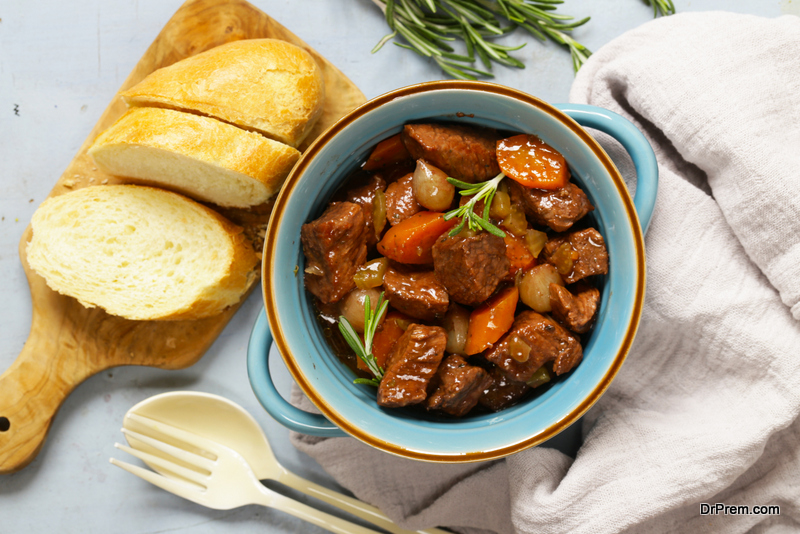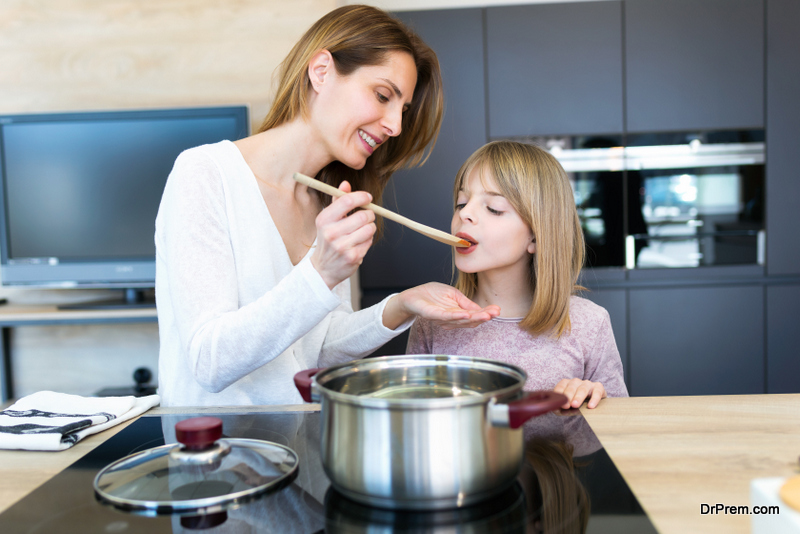One pot meals are gaining more popularity in today’s hectic world where everyone’s busy with their career. Coming back home after a hectic day at work puts you in no position to make a complete meal. This is when casserole meals come in handy when you want to make a simple but comforting and delicious meal without much effort. Lasagna’s, Mac and Cheese, Gratings and Souffles form part of the casserole family and are loved by the old and young alike. If you have a well-stocked pantry with basic ingredients, then getting a casserole dish ready is no big deal. Listed below are six advantages and reasons why casserole recipes are the best.
1. Time saver
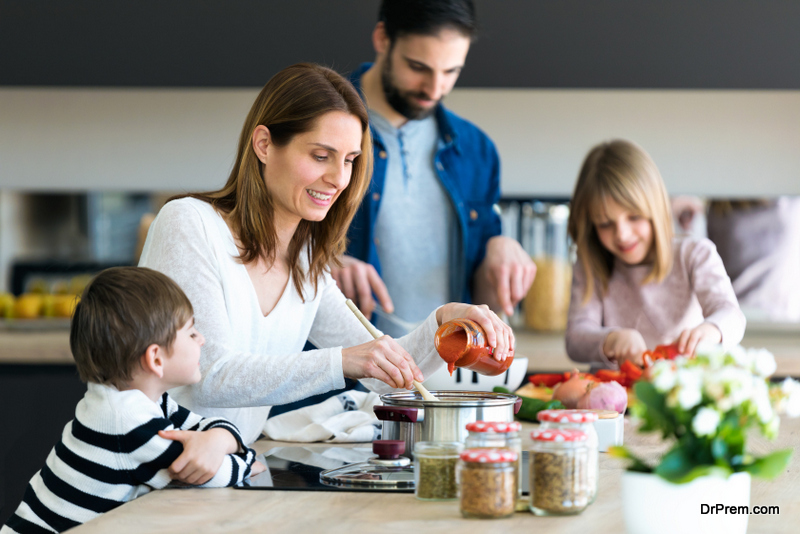 Time is definitely a big factor when it comes to cooking. With casserole recipes, the advantage of time is definitely on your side. If you have enough time, then you can obviously source fresh vegetables, chop them by hand in precision and even take time stirring and cooking. But, on the other hand, if you are time constrained, doing the above mentioned chores would only make matter worse. In such scenarios opting for frozen vegetables, using a food processor to chop and slice them up could be helpful. If it is dishes like stews and tajines you are making, then you might be at an advantage as keeping it in the refrigerator for a day or two will only make the flavours catch on better. Heat it up when you are ready to eat and you have a perfect meal on your table.
Time is definitely a big factor when it comes to cooking. With casserole recipes, the advantage of time is definitely on your side. If you have enough time, then you can obviously source fresh vegetables, chop them by hand in precision and even take time stirring and cooking. But, on the other hand, if you are time constrained, doing the above mentioned chores would only make matter worse. In such scenarios opting for frozen vegetables, using a food processor to chop and slice them up could be helpful. If it is dishes like stews and tajines you are making, then you might be at an advantage as keeping it in the refrigerator for a day or two will only make the flavours catch on better. Heat it up when you are ready to eat and you have a perfect meal on your table.
2. Prep, freeze and serve
One of the best advantages of casseroles are that you can make them in advance, freeze them and then thaw them for later use. Although, most of the dishes can be frozen, there are a few guidelines to follow when it comes to preparation of casserole dishes. For example, all starchy items like pasta, rice, beans etc. should not be over cooked as they would then become mushy. Cooking them al dente is ideal. If there are crunchy toppings to be added in your casserole dish, then wait till the day you serve to add them, as they could get horridly soggy. When freezing dishes, make sure you cover them with a freezer paper or foil and not plastic wrap and lastly, let the casserole dish thaw overnight and you can then bake as directed. Follow these basic rules and you will not have to worry.
3. Don’t skimp on the dairy
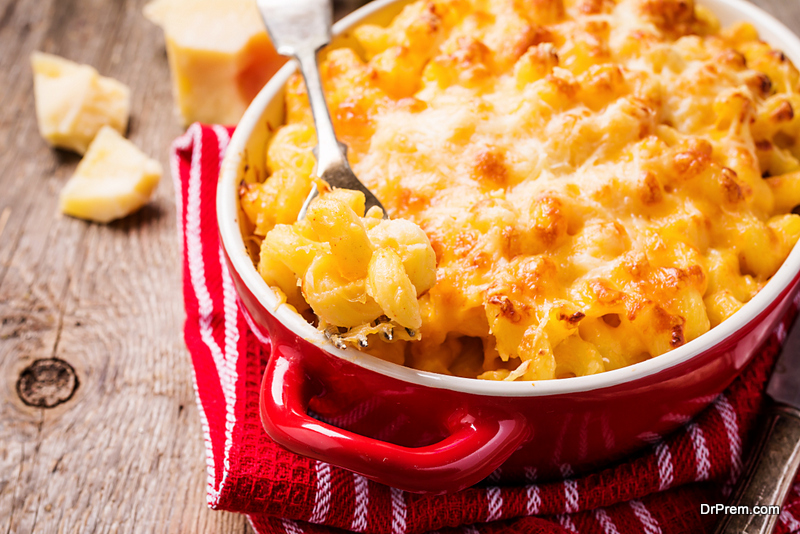 It is advisable to use full fat dairy products in casserole dishes, especially if you plan on freezing them. Using low fat cheeses and milk would only result in a rubbery texture once thawed and reheated. The cheese products are also known to prevent proper melting when replaced with fat-free versions. So, if you want to have a hearty, rich and creamy dish, but want to cut back on calories at the same time, then go for low fat grated cheese combined with whole wheat bread crumbs to increase the texture and goodness. Using a little less quantity than what is mentioned in recipes can also help.
It is advisable to use full fat dairy products in casserole dishes, especially if you plan on freezing them. Using low fat cheeses and milk would only result in a rubbery texture once thawed and reheated. The cheese products are also known to prevent proper melting when replaced with fat-free versions. So, if you want to have a hearty, rich and creamy dish, but want to cut back on calories at the same time, then go for low fat grated cheese combined with whole wheat bread crumbs to increase the texture and goodness. Using a little less quantity than what is mentioned in recipes can also help.
4. You can use deep dish
Casserole recipes need not be made in particular ‘casserole dishes’. Instead you can use any deep dish which would hold your ingredients comfortably. For example using a glass or metal dish or even disposable aluminium pans work great when it comes to making casseroles.
5. As you wish
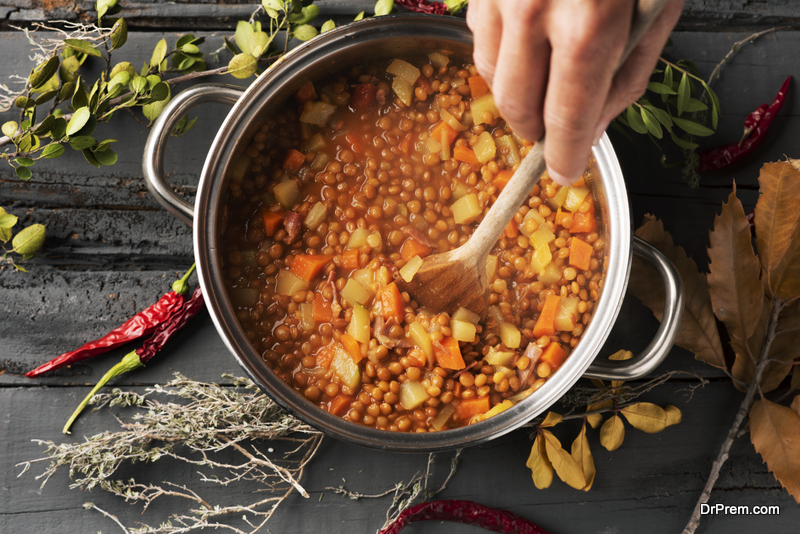 Experiment with recipes and ingredients as much as possible. The advantage of casseroles are that they are truly forgiving, giving you the freedom to add or reduce ingredients as per your taste, but at the same time not compromising on the outcome. You know your tastes and preferences better and so feel free to alter recipes to your liking.
Experiment with recipes and ingredients as much as possible. The advantage of casseroles are that they are truly forgiving, giving you the freedom to add or reduce ingredients as per your taste, but at the same time not compromising on the outcome. You know your tastes and preferences better and so feel free to alter recipes to your liking.
6. Liven it up
Liven up your surroundings while cooking your favorite casserole dishes and it could make a lot of difference to the final outcome. Play music, dance around, wear colorful aprons and do other fun things that could make cooking much more interesting.
Tips on slow cooking while trying out casserole recipes
Who doesn’t love to come home to a nice and warm meal after a long day at work? But sadly enough, the long working hours hardly leave either the time or the energy to cook at home. If you can relate yourself with this situation, then there’s some good news for you. Well, ‘Slow-cooking’ might just be the answer. Set your food to slow-cook before you leave for work and come home in the evening to a hot and hearty meal.
The slow-cooking method, which employs a slow-cooker, is basically simmering of food at a lower temperature than the conventional cooking methods for long hours allowing unattended cooking. Cook delicious dishes like pot roast, meatballs, pork chops, chowder, sausages, soups, fondue, pudding and many others.
Tips on slow cooking
Here are some tips that you will find helpful while Slow-cooking:
1. Avoid opening and closing the lid
 Frequent opening and closing of the lid should be strictly avoided, unless, of-course if the recipe asks you to. Remember, every time you open the lid, the heat and moisture escapes adding another 30 minutes to the cooking time.
Frequent opening and closing of the lid should be strictly avoided, unless, of-course if the recipe asks you to. Remember, every time you open the lid, the heat and moisture escapes adding another 30 minutes to the cooking time.
2. Precook beans
Some beans like raw kidney beans or the broad or fava beans contain a toxic substance in them which can only be destroyed if they are cooked for at least ten minutes in boiling water. The lower temperature in a slow-cooker is not sufficient to destroy the toxins, leading to poisoning of the food. Few such cases have already been reported. To avoid the risk, always keep in mind to use canned and cooked beans according to your recipe.
3. Pay attention to the quantity of water
Recipes meant for conventional cooking methods need to be modified to suit slow-cooking. Since the slow-cooker allows very little evaporation, quantities of liquids in most cases have to be reduced suitably. However, see to it that the liquid covers the food entirely.
4. Tips on casserole recipes with meat
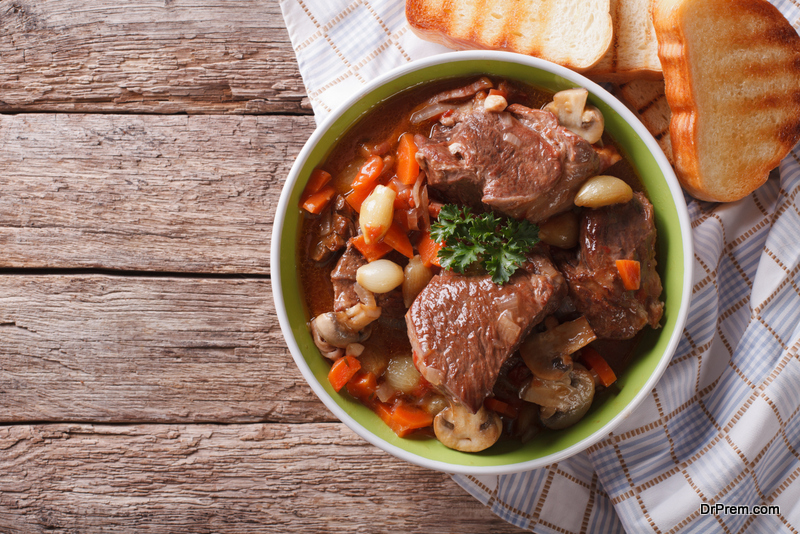 If you are cooking with meat, use tough and inexpensive cuts. In case of slow-cooking, cheaper cuts of meat are even tastier than stews which are made using expensive cuts.
If you are cooking with meat, use tough and inexpensive cuts. In case of slow-cooking, cheaper cuts of meat are even tastier than stews which are made using expensive cuts.
5. Give enough cooking time
The food must be given enough time to cook before it is eaten. If the food is allowed to cool below 70 degree Celsius and is not re-heated, harmful bacteria growth is possible. Some bacteria may produce toxins or spores which can’t be destroyed even by re-heating.
6. Keep your food warm
Don’t turn off the heat of your slow-cooker and use it to keep the food warm inside. The temperature won’t be high enough to prevent the growth of bacteria. Instead, remove the food from the cooker immediately after it has been cooked and store it properly.
7. Choosing casserole recipes
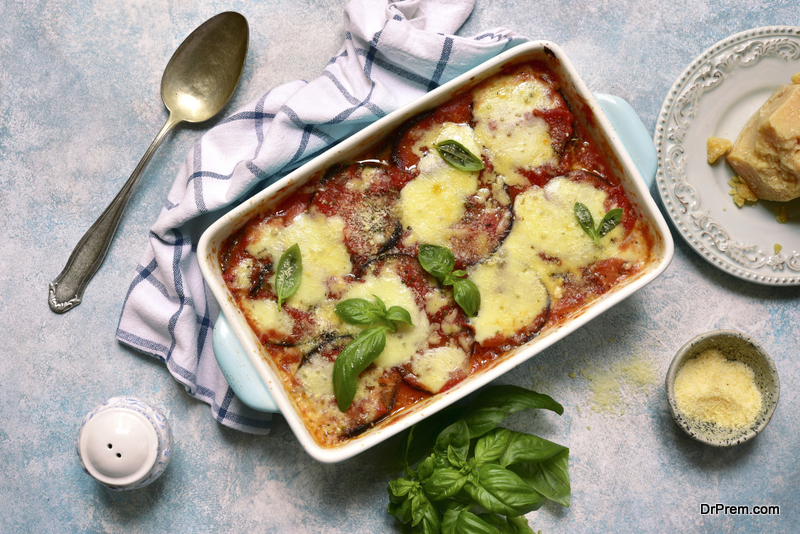 Choose casserole recipes like chili, stews and sauces. These have a high moisture content which would help in even distribution of the heat inside the cooker. Also, defrost the meat and vegetables in the refrigerator before you start cooking.
Choose casserole recipes like chili, stews and sauces. These have a high moisture content which would help in even distribution of the heat inside the cooker. Also, defrost the meat and vegetables in the refrigerator before you start cooking.
9. A small trick for faster cooking
Keep the cooker on the highest temperature setting for the first one hour of the cooking time and then change it to another setting, as instructed in your recipe.
10. Avoid overcooking your food
Don’t keep the finished dish in the cooker for long because the food would still continue to cook. Overcooking may cause the meat and vegetables to become tasteless.
11. Consumption of food in case of a power cut
If you come home and find out that the power had gone while the food had been cooking, check the temperature of the food. If you find it is less than 165 degree Fahrenheit, the food is not safe to consume.
12. Easy cleaning tip
Spray the inside of the ‘crock’, which is the ceramic pot, with non-stick cooking spray before you add the food. This will make the job of cleaning-up afterwards a lot easier.


